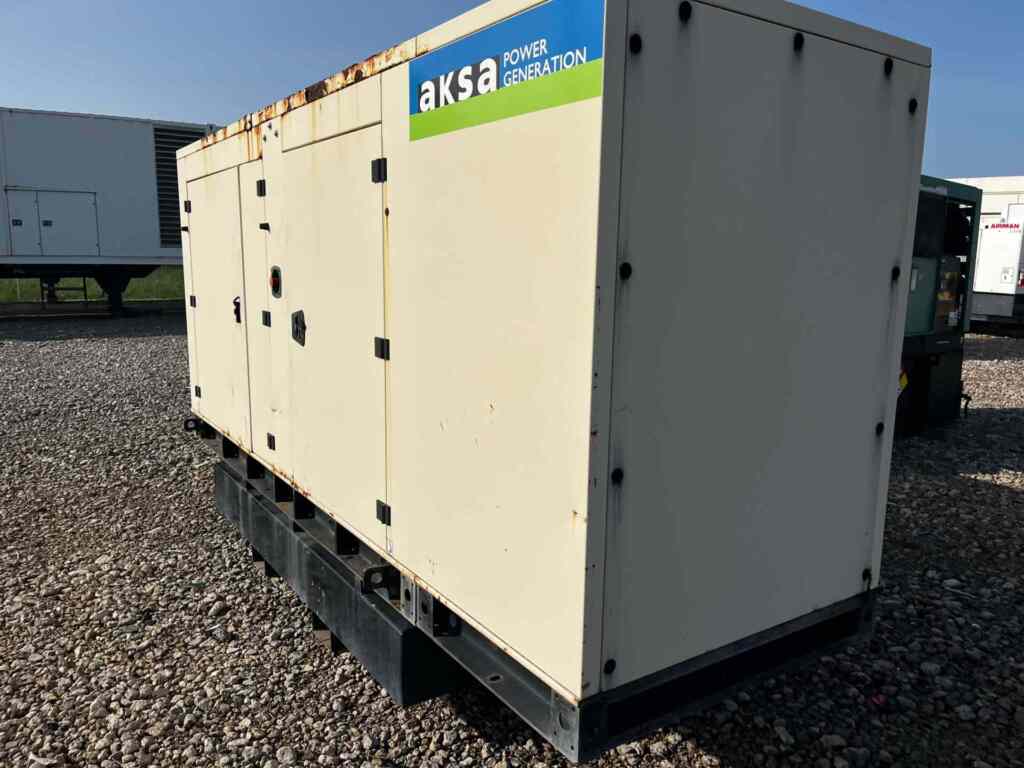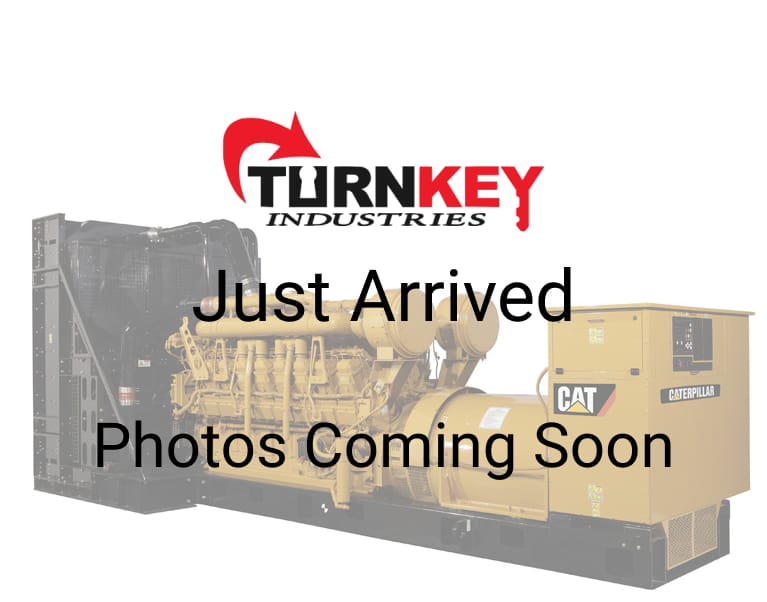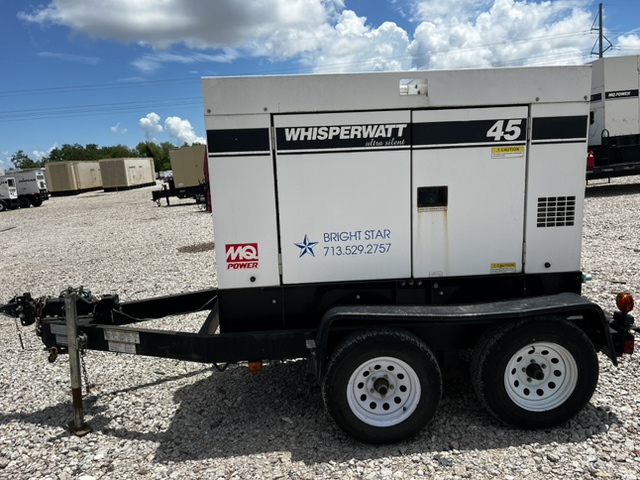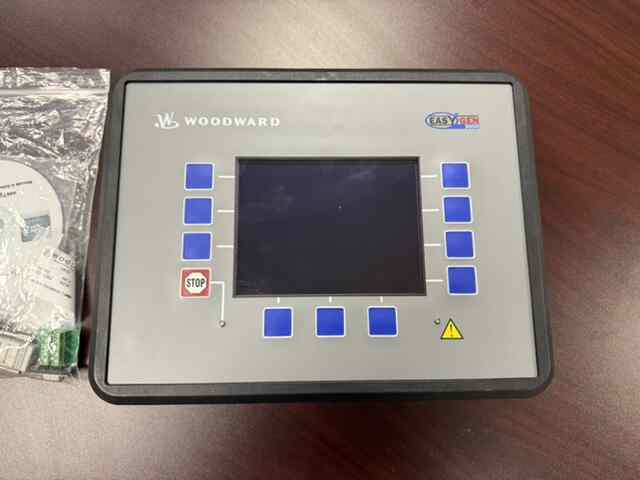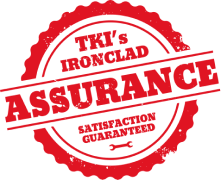Diesel generators play a pivotal role in providing reliable power solutions across industries. However, regulatory standards have been established to control emissions and encourage the adoption of cleaner technologies to minimize their environmental impact. The Environmental Protection Agency (EPA) tier rating system sets a clear framework for reducing pollutants from diesel engines. Understanding these tier ratings is essential for businesses seeking to comply with regulations and make informed choices about their generator needs.
Understanding Diesel Generator Tier Ratings
The Environmental Protection Agency (EPA) established a tier rating system to regulate emissions from diesel engines used in non-road applications, including generators. This system categorizes generators into four tiers, each with progressively stricter emission standards aimed at reducing harmful pollutants like nitrogen oxides (NOx), hydrocarbons (HC), particulate matter (PM), and carbon monoxide (CO).
Tier Ratings Breakdown
The EPA tier rating system is designed to gradually phase in stricter standards, allowing manufacturers to develop compliant technologies over time. Below is an overview of each tier:
- Tier 1: Introduced in 1991 and implemented in 1996, Tier 1 focused on diesel engines under 50 horsepower (hp). It aimed to reduce NOx emissions by 27% by 2010 and 37% by 2025. This tier was phased out as stricter standards emerged.
- Tier 2: Established in 1998 and implemented from 2001 to 2006, Tier 2 applied to engines of all sizes. It required significant NOx, PM, and NMHC emissions reductions while introducing improved engine designs.
- Tier 3: Introduced between 2006 and 2008, Tier 3 targeted engines with a power range of 50 to 750 hp. It imposed advanced exhaust emission controls, paving the way for more refined technologies.
- Tier 4: The most stringent standard, Tier 4 was introduced in phases from 2008 to 2015. It mandates a 90% reduction in NOx and PM emissions, utilizing technologies like Selective Catalytic Reduction (SCR) and Diesel Exhaust Fluid (DEF).
Key Differences Between Tiers
Each tier in the EPA’s emission rating system represents a step forward in controlling pollutants and improving diesel engine efficiency. These tiers not only set increasingly stringent standards but also require the adoption of advanced technologies to meet compliance. Below is a comparison of the primary characteristics distinguishing each tier.
| Characteristics | Tier 1 | Tier 2 | Tier 3 | Tier 4 |
| Emission Controls | Basic restrictions | Moderate controls | Advanced controls | State-of-the-art technologies |
| Engine Power Range | <50 hp | All sizes | 50-750 hp | All sizes |
| NOx Reduction Goal | Minimal | Up to two-thirds | Further reduced | Up to 90% |
| Particulate Matter Control | Minimal | Limited | Enhanced | Near-zero |
| Fuel Requirements | Regular diesel | Low-sulfur diesel | Low-sulfur diesel | Ultra-low sulfur diesel |
Compliance Considerations
Adapting to emission standards is essential for businesses relying on diesel generators. Tier 4 generators, while requiring higher upfront investment, offer long-term savings through improved fuel efficiency and reduced maintenance. These are ideal for continuous use or regions with strict regulations.
Tier 3 generators, with lower initial costs, suit applications like emergency standby power but may have higher operational expenses. Businesses should evaluate factors such as location, application, and total cost of ownership (TCO) before purchasing a generator to ensure it suits their needs. Partnering with experts like Turnkey Industries ensures compliant and efficient solutions tailored to specific needs.
Benefits of Each Tier
The EPA’s tier rating system has progressively advanced diesel generator technology, reducing emissions and improving efficiency. Each tier builds on the previous one, offering unique benefits that cater to specific applications and regulatory requirements. From foundational Tier 1 standards to the cutting-edge innovations of Tier 4, these generators provide solutions for businesses of all sizes and needs.
Tier 1 Generators
As the starting point for emission regulation, Tier 1 generators introduced basic standards aimed at reducing harmful pollutants. These generators laid the groundwork for cleaner diesel engines, focusing on smaller power ranges under 50 horsepower. Models like the Caterpillar 3456 Standby Diesel Generator and the Caterpillar 3508B (Standby Diesel Generator) exemplify this tier’s early advancements.
- Initial reduction in NOx emissions, paving the way for cleaner diesel technology.
- Improved fuel efficiency compared to unregulated engines.
- Cost-effective solutions for small-scale or less demanding applications.
Tier 2 Generators
Tier 2 generators expanded emission controls to all engine sizes, targeting a wider range of pollutants like NOx, particulate matter, and hydrocarbons. These generators offered a balance between compliance and operational efficiency, making them suitable for industries such as agriculture and construction. Examples include the Multiquip EGC550V Trailer Mounted Diesel Generator, Kohler 1500REOZDD Standby Diesel Generator (2012, 1,560 kW) and Baldor IDLC1250-2M Trailer-Mounted Diesel Generator (2009, 1,250 kW).
- Significant reductions in NOx, PM, and hydrocarbons.
- Enhanced durability and performance through refined engine designs.
- Versatile applications across various industries.
Tier 3 Generators
Tier 3 generators introduced advanced emission control technologies, focusing on engines with power ranges between 50 and 750 horsepower. These generators became a cost-effective choice for businesses needing reliable power for emergency standby or intermittent use. Models like the Multiquip DCA85USJ Trailer Mounted (Diesel Generator) and Wacker Neuson G240 Trailer Mounted Diesel Generator demonstrate the advancements of this tier.
- Improved emissions control compared to earlier tiers.
- Cost-effective for emergency standby and less regulated applications.
- Reliable power with moderate environmental impact.
Tier 4 Generators
Tier 4 generators represent the most advanced diesel technology, achieving near-zero emissions through state-of-the-art systems. These generators are essential for continuous operations or businesses in regions with stringent environmental regulations. Advanced models like the Multiquip DCA125SSIU4F (Trailer Mounted) Diesel Generator and Airman SDG400S Trailer Mounted Diesel Generator showcase the tier’s focus on efficiency and sustainability.
- Drastic reductions in NOx and particulate matter emissions.
- Optimized fuel efficiency, lowering operational costs.
- Quieter operation, ideal for noise-sensitive environments.
- Advanced systems that reduce maintenance and extend service intervals.
- Future-proof compliance with evolving regulations.
How Turnkey Industries Can Help
Turnkey Industries is a trusted provider of industrial generator solutions. With over 15 years of expertise, we specialize in buying and selling pre-owned industrial generators from top brands like Caterpillar, Cummins, Multiquip, and Baldor. Our inventory includes generators compliant with Tier 2, Tier 3, and Tier 4 standards, catering to a variety of applications.
Each generator undergoes rigorous inspection and testing to ensure it meets the highest quality standards. Whether you need a cost-effective Tier 3 generator or a state-of-the-art Tier 4 unit, Turnkey Industries offers solutions tailored to your needs. Contact our team today to discuss your requirements and find the perfect generator that meets your operational and compliance goals.
 Turnkey Industries offers a variety of high-capacity
Turnkey Industries offers a variety of high-capacity 